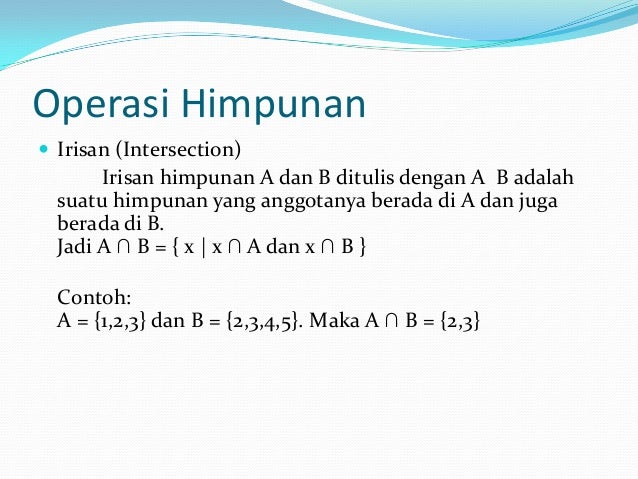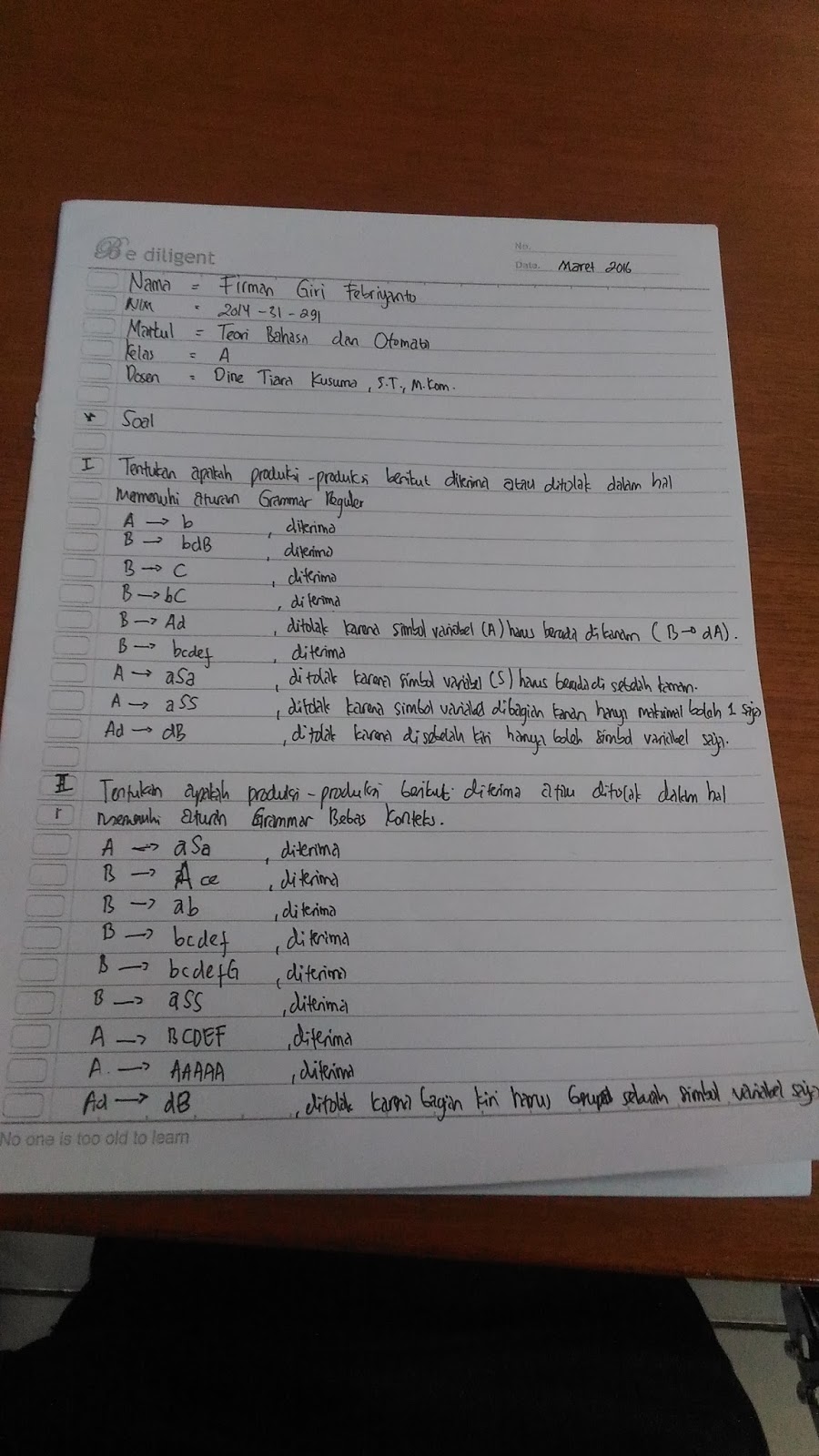

#Banyak data pada aturan bahasa otomata software#
In this paper, the authors focus on modeling software and hardware architectures as well as describing administration policies using a graphical language inspired from UML. The goal is to increase the intelligence of the system by actively monitoring its state and autonomously taking corrective actions without the need to modify the managed system. The motivation is to implement a system that can interface heterogeneous components and platforms supplied by different vendors in a non-intrusive and generic manner. The main issue is that existing architectures do not necessarily follow this new approach. Autonomic computing gives a new approach in designing distributed architectures that manage themselves in accordance with high-level objectives. The growing complexity of large IT facilities involves important time and effort costs to operate and maintain.

This combination makes explicit the separation between functional and non-functional concerns, and as a consequence this approach helps in defining the required and various evolution procedures in context to compound services. Composite services are represented in a model that combines the use of a distributed and hierarchical software component model and new timed-automata based workflow language.

This paper suggests relying on a distributed software component model to represent and easily manage the set of local or remote software entities (services) involved in the composition. This paper presents a solution to ease such evolution for compound distributed services and the authors’ proposal enables the evolution of both the business logic and the underlying architecture. The services involved in the composition, or the composition may need to evolve both at the business logic level (workflow level) and the global architecture level. This logic can be programmed by applying a traditional general-purpose programming language, but is generally described using a workflow language that coordinates a set of given services. Rather than attempting to provide a definite analysis of the bronze drums, this paper intends to open some new perspectives for a better understanding of the scenes depicted on the bronze drums as well as giving an interpretation based on the comparison with living rituals.Ĭomposite distributed services involve local and remote services that get orchestrated according to specific business logic. In addition to my analysis of the Jarai ritual, I will give a few comments on the Kwangkai, the secondary mortuary ritual of the Dayak Benuaq people (East Kalimantan, Indonesia). As evidence of this connection, these scholars explicitly mentioned the culture of the Dayak people of Borneo and the mountain populations living in Central Vietnam. In fact, as many scholars such as Goloubew (1929) and Bemet Kempers (1988) have pointed out, there is a connection between the people of Dong Son and “men who might be the more direct ancestors of the Indonesians we know from the archipelago”. The aim of this paper is to analyse some features of the Pa thi ceremony and to compare them with some of the scenes depicted on the Dong Son bronze drums (Heger I type). When the ritual is held, the tomb, carefully decorated with symbolic elements, becomes the centre of a sumptuous feast, lasting three days, which includes gong music, dances and buffalo sacrifices. Pa thi (the “tomb abandonment”) is a secondary mortuary ritual that allows the spirits of the dead to reach their final destination. The Pa thi ritual is one of the most remarkable of the many ceremonies celebrated by the Jarai, in terms of its magnificence and the complexity of the elements involved. as part of the more general migratory movement that took the Austronesian people from Formosa to Madagascar, westwards, and to Easter Island, eastwards. They reached mainland Southeast Asia from Northern Borneo, or possibly from the Malay Peninsula, around the 5th century B.C.

The Jarai people are an Austronesian language speaking group living in Central Vietnam.


 0 kommentar(er)
0 kommentar(er)
